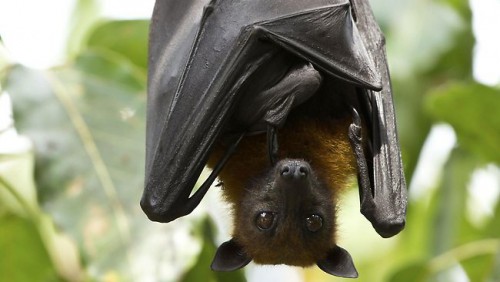Scientists have been working on techniques to treat mitochondrial diseases, and one strategy is to create “3 parent” babies, where the mother’s defective mitochondria are replaced or supplemented in her gametes with mitochondria from another woman, and the gamete is then fertilized with sperm from the father. It works!
In September, reproductive endocrinologist John Zhang and his team at the New Hope Fertility Center in New York City captured the world’s attention when they announced the birth of a child to a mother carrying a fatal genetic defect.
Using a technique called mitochondrial replacement therapy, the researchers combined DNA from two women and one man to bypass the defect and produce a healthy baby boy — one with, quite literally, three genetic parents.
There is, however, a significant possibility of failure.
Earlier this month, a study published in Nature by Shoukhrat Mitalipov, head of the Center for Embryonic Cell and Gene Therapy at the Oregon Health and Science University in Portland, suggested that in roughly 15 percent of cases, the mitochondrial replacement could fail and allow fatal defects to return, or even increase a child’s vulnerability to new ailments.
The findings confirmed the suspicions of many researchers, and the conclusions drawn by Mitalipov and his team were unequivocal: The potential for conflicts between transplanted and original mitochondrial genomes is real, and more sophisticated matching of donor and recipient eggs — pairing mothers whose mitochondria share genetic similarities, for example — is needed to avoid potential tragedies.
This is not at all surprising, and shouldn’t be used as a reason to stop the research. This was expected. Anyone who has studied mitochondrial genetics — and I’m sure this is the case for these researchers as well — knows about dominant negative effects. There are known alleles in mitochondria that are negative, that is they are deleterious to the organelle, and are also dominant, that is, one copy of the of the allele can suppress healthy mitochondria in the same cell. We also know that mitochondria replicate independently of the cell, and that in some cases the defective mitochondria can outcompete and replace the healthy mitochondria. This is the case in, for instance, poky mutants in Neurospora, and petite mutants in yeast.
So, old news. It seems to make the popular press only when it looks like it might affect human beings, though, which is too bad, because awareness of the problem arose from basic cell biology, and will be best solved by experimental work in non-human organisms. Let’s see more funding for yeast and Neurospora and fruit fly and zebrafish research!






